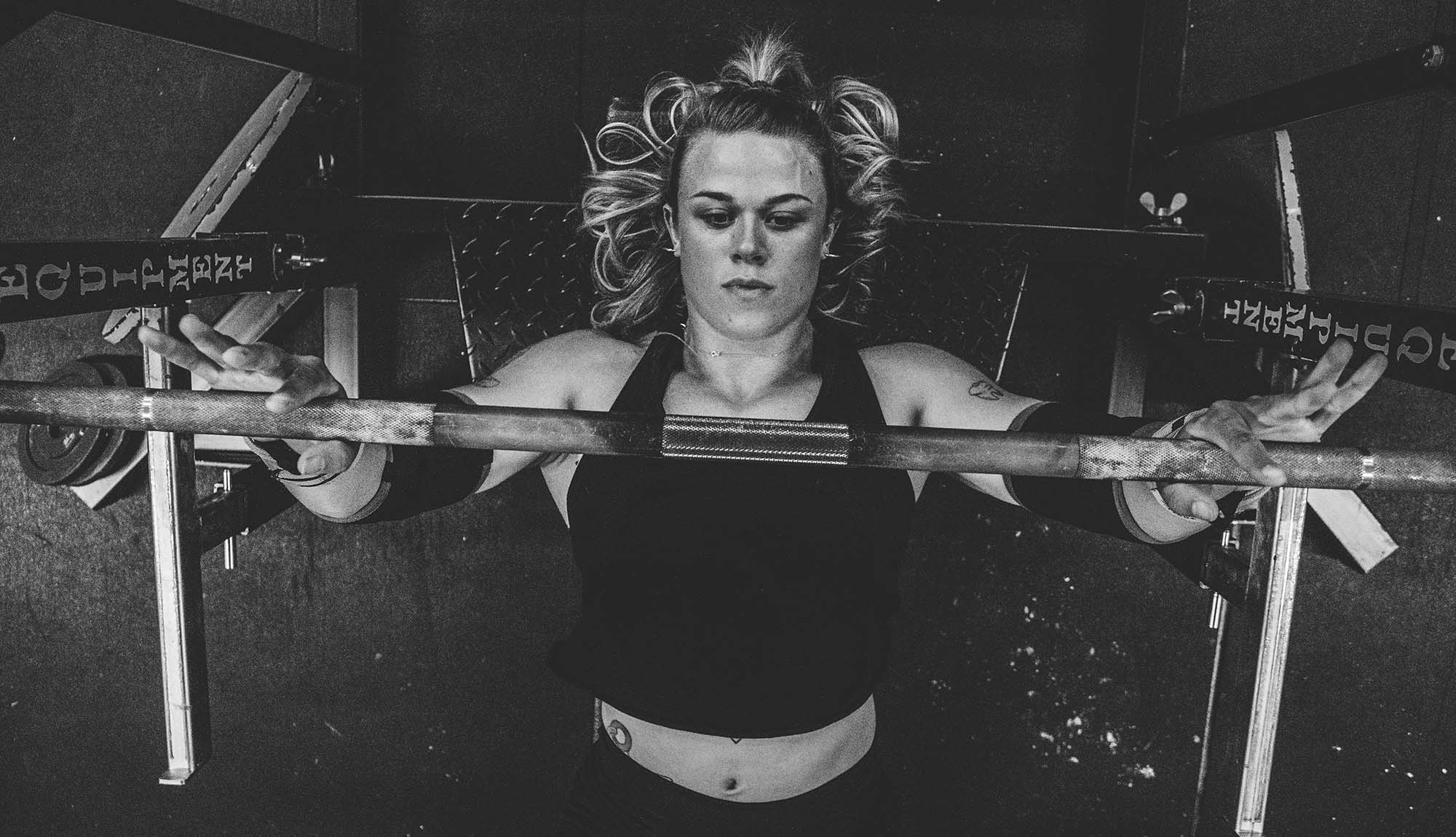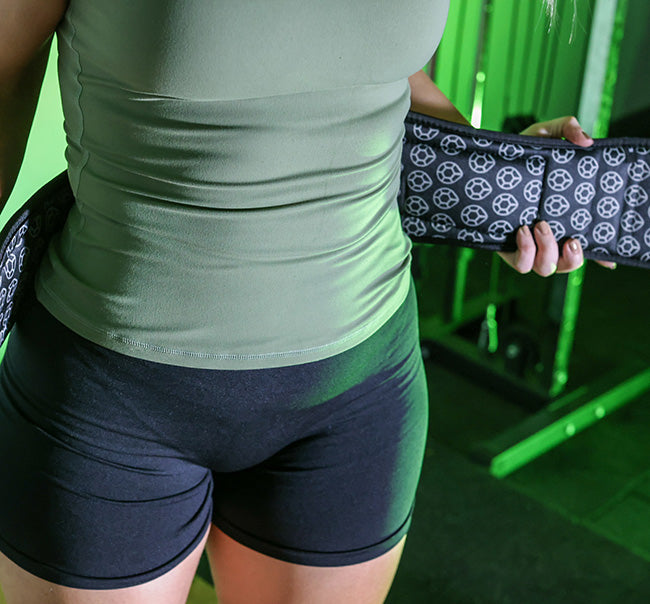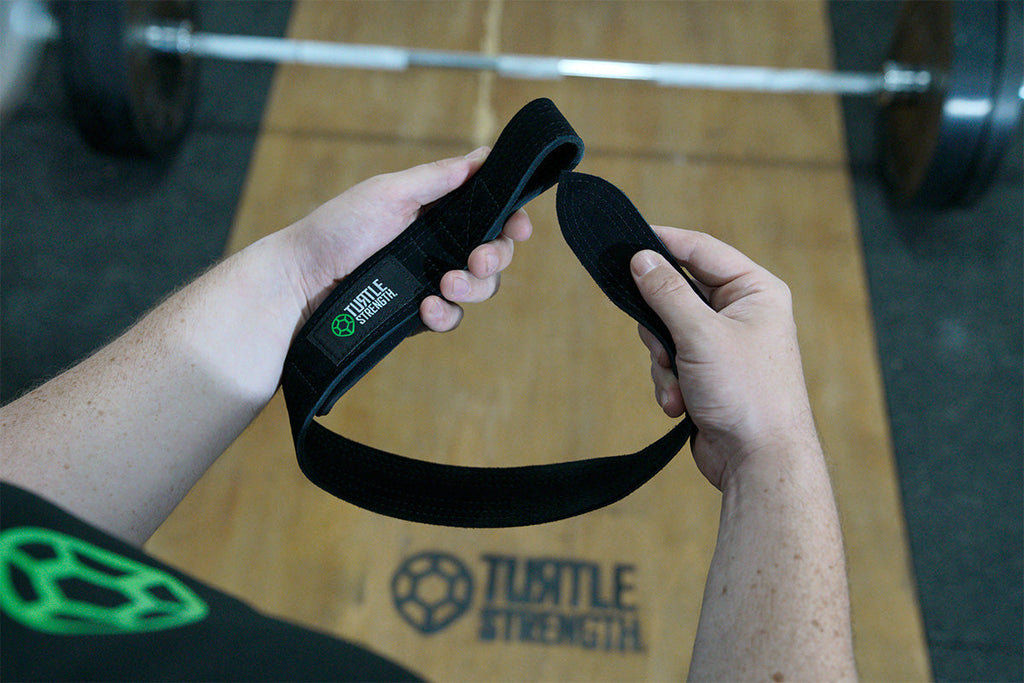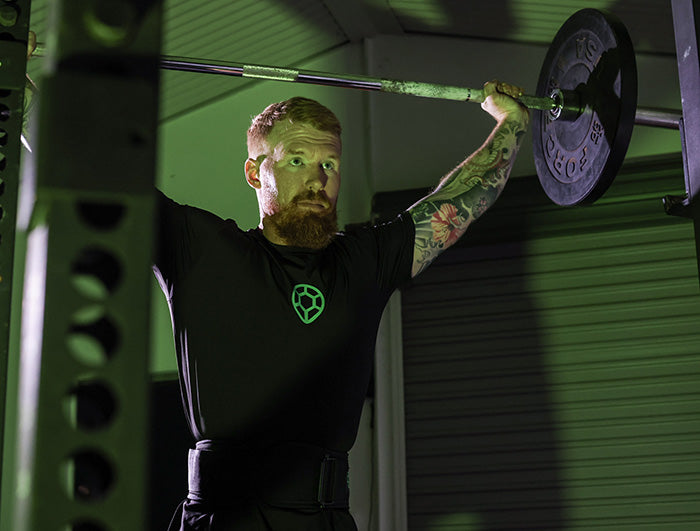Do wrist wraps help bench press?
WHAT ARE WRIST WRAPS?
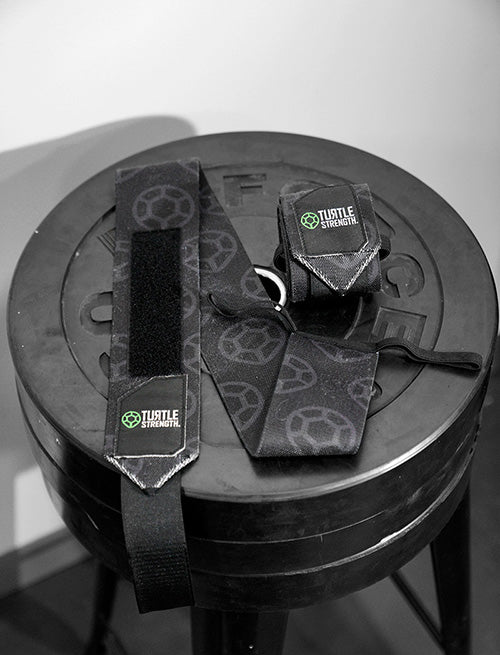
BENEFITS OF WRIST WRAPS
HOW TO CHOOSE A WRIST WRAP
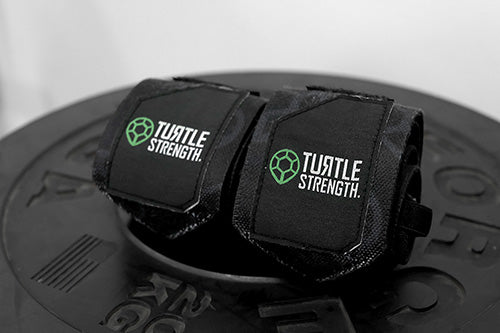
HOW TO USE WRIST WRAPS FOR BENCH PRESS
USING WRIST WRAPS FOR SQUAT
AND FOR DEADLIFT
WHAT EXERCISES TO USE WRIST WRAPS
WHICH STRENGTH SPORTS?
STILL HAVE QUESTIONS?
Title
CONTENT AUTHOR:

